Let’s face it: much as we love our dogs, cleaning up after them isn’t our favorite part of their care. Call it what you like – poop, doo-doo, feces, number two, something more (or less) colorful – it’s gross. Until we find a way to train dogs to clean up after themselves, though, the task falls to us. If you want something more than just a plastic bag between your hand and your dog’s business, you’re in luck. The pet industry hears you, and the best pooper scoopers on the market are available.
The Dirty Truth
No one likes scooping poop. If you attend to the task immediately, it’s warm. (Yuck!) If you wait until lawn day, the elements take their toll. (Not sure that’s better – plus, there’s more of it) Wouldn’t it be better just to ignore it?
Actually, no.
See, dog stools come with a lot of hazards. We know about some of them, but we might not think of others.
Health Hazards
Hopefully, your dog visits the vet for annual exams. Do they ask you to bring a stool sample? What they’re checking for is the presence of common internal parasites. Eggs of roundworms, hookworms, coccidia, whipworms, and Giardia are visible in that sample (if your dog has a current infestation).
Fun (scary) fact: Those parasites? Yeah, they’re zoonotic. That means they’re transmissible to humans. If you step on some feces with your bare foot (and, no, they don’t have to be fresh for some of these parasites), you’ll end up exposed. A pooper scooper sounds like a great idea, doesn’t it?
Environmental Hazards
It’s tempting to dismiss poop on the lawn as fertilizer. After all, a lot of fertilizers come from bat guano or cow dung. Dogs don’t eat the same diets as bats and cows, though, so their stools aren’t nutritious for plants. Have you noticed yellow or dead spots on your lawn? Particularly in places your dog uses for a toilet? Yeah, those “lawn bombs” are precisely that – destruction to grass.
The impact goes further, though. When it rains (or snows), the bacteria and nitrogen in the waste get carried to waterways. Nitrogen lowers oxygen content, allowing toxic algae blooms. All from not scooping poop. (Crazy but true) Having a trusty pooper scooper does you and the environment a world of good.
Legal Hazards
Finally, while your lawn might be yours to do what you wish, public property is another matter. Local, state and even property (if you rent) laws require dog droppings to get cleared away. You probably won’t go to jail (check the laws in your area), but do you want to pay hundreds of dollars in fines? All because you skipped out on investing in a pooper scooper? Don’t roll the dice – curb your dog. They don’t want to be embarrassed at the dog park while you get written up by a police officer.
Choosing a Pooper Scooper
Pooper scoopers come in a range of styles, materials, and designs. Consider your unique circumstances before you settle on the scooper best for you.
- Style: Which style works for your needs:
- Single Piece: Do you want one hand free so that you can keep one hand on your dog?
- Double Piece: Are you okay with wielding two separate items?
- Shovel-Type: Will you mostly be on concrete?
- Rake-Type: Do you primarily clean up on grass?
- Materials: You want this pooper scooper to last for years. Look for high-quality, durable materials like industrial-strength plastic and aluminum.
- Design: Poop is on the ground. Try to find a scooper that telescopes to prevent bending. You also want ergonomic handles to ease the burden on your hands.
- Lightweight: Even if you’re only working in your backyard, you have to carry these tools around. Unhappily, lightweight materials may not be as durable.
- Size: Where will you use the pooper scooper the most? On walks or in your yard? If you’re out walking in the city, carting a large rake and bucket around isn’t practical.
- Ease of Use: You need to use the pooper scooper over and over. You also need to be able to CLEAN it. (Seriously, it’s going to get gross and turn into a health hazard itself). Look at the design and make sure you can do both.
Special Considerations for Pooper Scooper Styles
I broke the best pooper scoopers down by style. When you look through them, keep these ideas in mind.
Grass vs. Concrete
Whether or not you’re attached to your lawn, a pooper scooper for the yard should have a rake or at least teeth. Why? Well, how heavy do you want that bag to get? Teeth let grass pass through the scooper. Flat, shovel-type scoopers take EVERYTHING.
In contrast, if you’re on concrete, a rake is going to turn that pile of stool into a mess. It won’t grab everything. A flat scoop quickly gets under the poop and clears it away.
There are pooper scoopers that have both, so if you want multi-function, you have it.
The Plastic Debate
We all know our landfills and oceans are choking in plastic. Thousands (yes, thousands – how many times does your dog poop a day?) of little bags every year add up. So looking for a pooper scooper that doesn’t use a bag IS an option. You just have to decide where those feces are going to go instead.
You CAN choose to recycle plastic grocery bags instead of purchasing doggie doo bags, or you can select biodegradable bags (that’s what we use).
The Best Pooper Scoopers
These are the most common styles of pooper scoopers available. Take a look and see which you think will work best for you. Maybe more than one – nothing wrong with that!
Single-Piece Pooper Scoopers
These are also known as “jaw-style” pooper scoopers. They’re often used one-handed and consist of two hinged pieces.
Bodhi not only provides you with a lightweight pooper scooper but a kit that delivers two rolls of bags and a clip-on bag holder you can attach to your leash (available in blue or pink). The scooper operates with one hand, with teeth on one side of the scoop for use on grass. The bag fits directly into the scoop, making the scooper a breeze to use. Constructed of premium, non-stick plastic, you’ll feel confident in its durability.
Downsides? The scooper is only 24 inches long, which means a lot of people have to bend down. Also, some people felt the Bodhi bags were a little thin and prone to tearing.
The Good
- Kit includes bags, scooper, and leash attachment
- Bags fit directly into scooper
- Made from non-stick, durable plastic
The Bad
- Scooper's only 24 inches long
- Bags are on the thin side and may tear
Let’s say you want an option without bags. Nature’s Miracle has you covered. Similar to Bodhi, it’s a one-handed, lightweight pooper scooper. Constructed from non-stick, industrial plastic, it comes with a bonus of antimicrobial protection (something you want when dealing with bacteria-laden feces). Two sizes are available (regular and jumbo), each capable of holding multiple rounds of poop on yard cleaning day. Rake-like teeth comb through the grass, but the scoop design also works on concrete.
The downsides? While it CAN hold more than one clump of stool, everything will fall out each time you open it (you know – gravity). It isn’t very long (just shy of 28 inches), so some people still need to bend over. People also had trouble with the squeezing mechanism, particularly those with arthritis. And without a bag, you’ll have to clean the scooper more frequently.
The Good
- Industrial plastic with antimicrobial coating
- Two different sizes available
- Works on grass and concrete
The Bad
- Scooper's only 28 inches long
- Squeeze mechanism difficult to manipulate
Maybe you want a more discreet one-handed option for walks. Pik-A-Poo weighs just 10 ounces and collapses down for portability. Made from nylon and aluminum, you can use their plastic bags or recycle grocery bags. This scooper has an extended claw that works well on concrete or grass. Instead of being spring-loaded, it has a trigger-action that’s easier to manipulate. And if you wanted extra features, it comes with an onboard bag holder and a flashlight for nighttime walks!
So what are the downsides? It’s still only 28 inches, so some people have to bend. People also felt the Pik-A-Poo was meant for small and medium dogs, not large (and definitely not very large).
The Good
- Collapsible
- Nylon and aluminum construction
- Easy spring-loaded trigger action
The Bad
- Only 28 inches long
- Not as great for larger dogs
Two-Piece Pooper Scoopers
Two-piece pooper scoopers usually come as bin/tray and rake/shovel combinations. They aren’t as portable, but people tend to use them in yards for cleaning up more than one pile of waste. Their design babies the lawn, and they hold up in various weather conditions.
Maybe you love your lawn and want to protect your grass as much as possible. Or perhaps you have a lot of sand on your property. If you’re not worried about having a bin or tray, the Four Paws is the perfect option. Rust-resistant (those in rainy regions have to love that!) and durable with a rubber grip, this wire rake is designed for use on grass or sand. Financially friendly, it picks up feces without damaging the lawn.
Downsides? For once, this scooper is meant for the big dogs! Owners with smaller dogs found the tines were a little too far apart. And if you have a thick lawn, your sturdy grass might bend the tines.
The Good
- Rust-resistant
- Budget-friendly
The Bad
- Not effective for small dogs
- Thick grass may bend the tines
Petmate offers a rake with a swiveling bin to allow you to collect dog piles directly into a bag you place in the hopper. The manufacturer sells scented bags, but you can also recycle grocery bags (and recycling benefits the planet). The plastic handles on both the bin and rake telescope out to 32 inches, making it easy for anyone to wield them with comfort. The tools are lightweight, so it’s not a problem to walk the entire length of your backyard.
The downsides? The plastic isn’t very durable, which tends to weaken over time – especially if left outdoors. While the swivel action of the bin is nice when collecting feces, it makes it tricky to empty the bag. And the container is on the small side if you have larger dogs.
The Good
- Telescoping handles go out to 32 inches
- Lightweight plastic
The Bad
- Plastic breaks down over time
- Swivel action makes emptying bag difficult
- Little small for large dogs
The Spotty is another bag-free option. Constructed from aluminum, the 37-inch rake and tray can withstand the elements. The two pieces snap together for secure storage, and they have thermoplastic grips that are soft on your hands. The aluminum is lightweight enough to carry around the yard, and the tray is 6.5 inches square. The rake lets the poop slide right through the grass, protecting your lawn.
So what are the downsides? With no bag, you’ll have to clean it regularly. And, again, the tray itself isn’t large enough to hold a lot of feces, so owners with large dogs might make a lot of trips to their designated receptacle.
The Good
- Handles are 37 inches long
- Lightweight aluminum
The Bad
- Requires regular cleaning
- Small tray
Okay, so you want to be a responsible dog owner, but carrying large pooper scoopers isn’t your style. Good thing there’s the Dog Buddy. Clipping onto your leash, the Dog Buddy is roughly the size of a tennis ball (depending on the option you choose – it’s available in a variety of sizes). Constructed from durable plastic with a silicone interior, the Dog Buddy replaces your hand in the poop scooping process. It’s discreet but sanitary. Plus, it comes with a money-back guarantee!
Downsides? You definitely have to bend down to use the Buddy. And while it’s an excellent option for walks, it’s not practical when considering yard clean-up.
The Good
- Multiple sizes available
- Durable plastic and silicone
- Money-back guarantee
The Bad
- Must bend to use
- Impractical for yard clean-up
So let’s look at the other end of the spectrum: you want to address lawn day. You want to use one tool, one bag, one trip. Enter the Doody Digger. Yes, it looks like a leaf blower, but there’s no electricity required with this handy tool. You scoop up the piles around the yard, and they slide down into the bag. It doesn’t get simpler than that! No special bags are required, either, so you can choose whatever size bag you think you need.
Downsides? Again, there’s a lot of bending required. Also, it’s best if your dog’s stools are firm; soft or loose feces will clog the tube and require you to wash it out (doesn’t THAT sound like fun). And if you don’t secure your bag properly…yeah, you can imagine that scenario.
The Good
- Only need to use one bag for the entire yard
- Durable plastic
The Bad
- Must bend to use
- Soft feces will clog the tube
- Must make sure bag's secure
Everybody Poops, So Everybody Scoops
While wielding a pooper scooper may not top our list of favorite chores, your dog appreciates your devotion to their care. More than that, the environment and the people around you appreciate your responsible pet ownership. The few seconds it takes you to whip out your pooper scooper of choice makes all the difference in the world – literally!

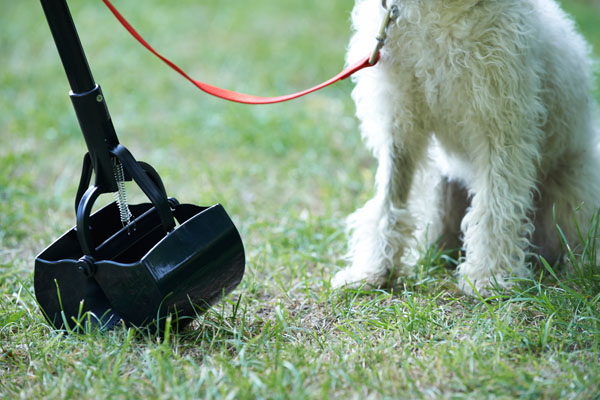
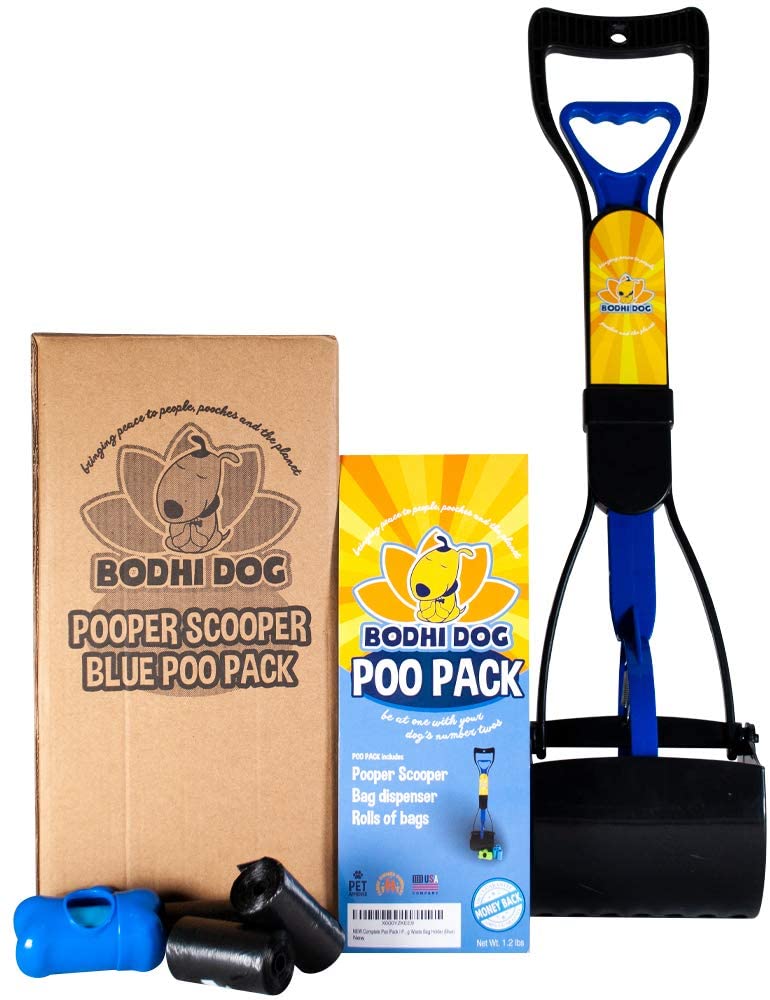

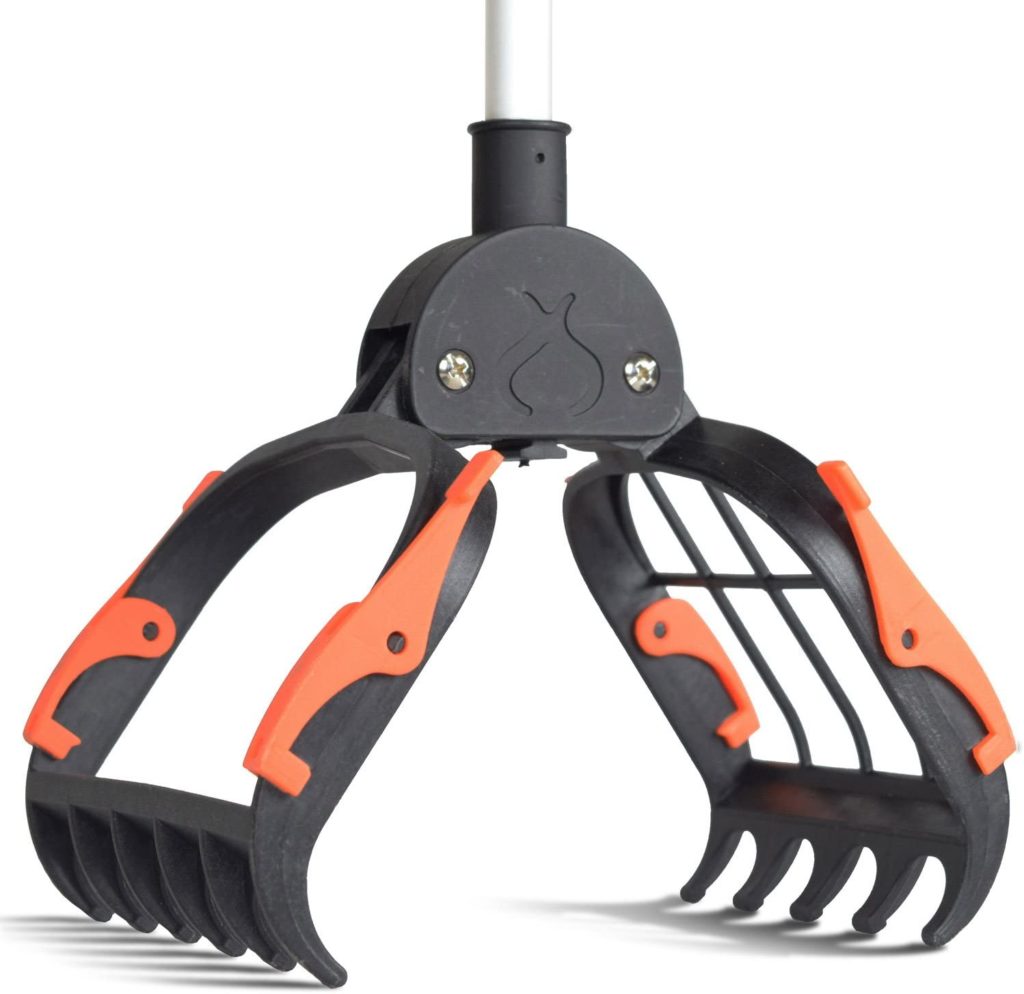

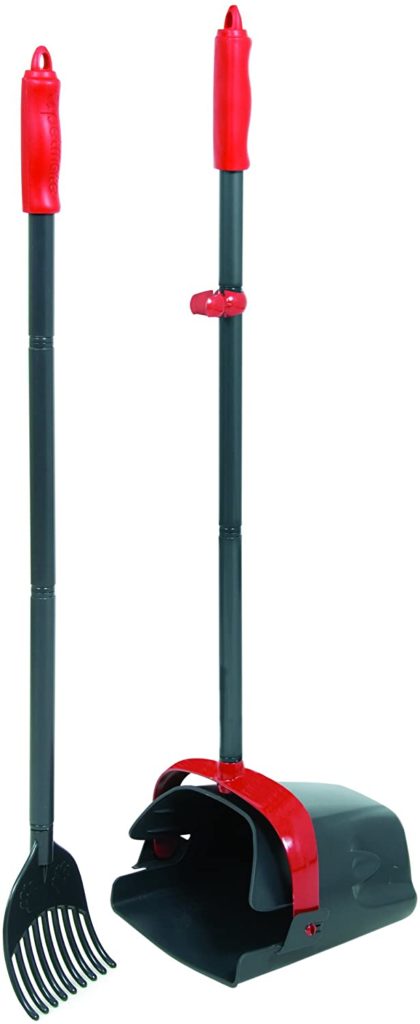
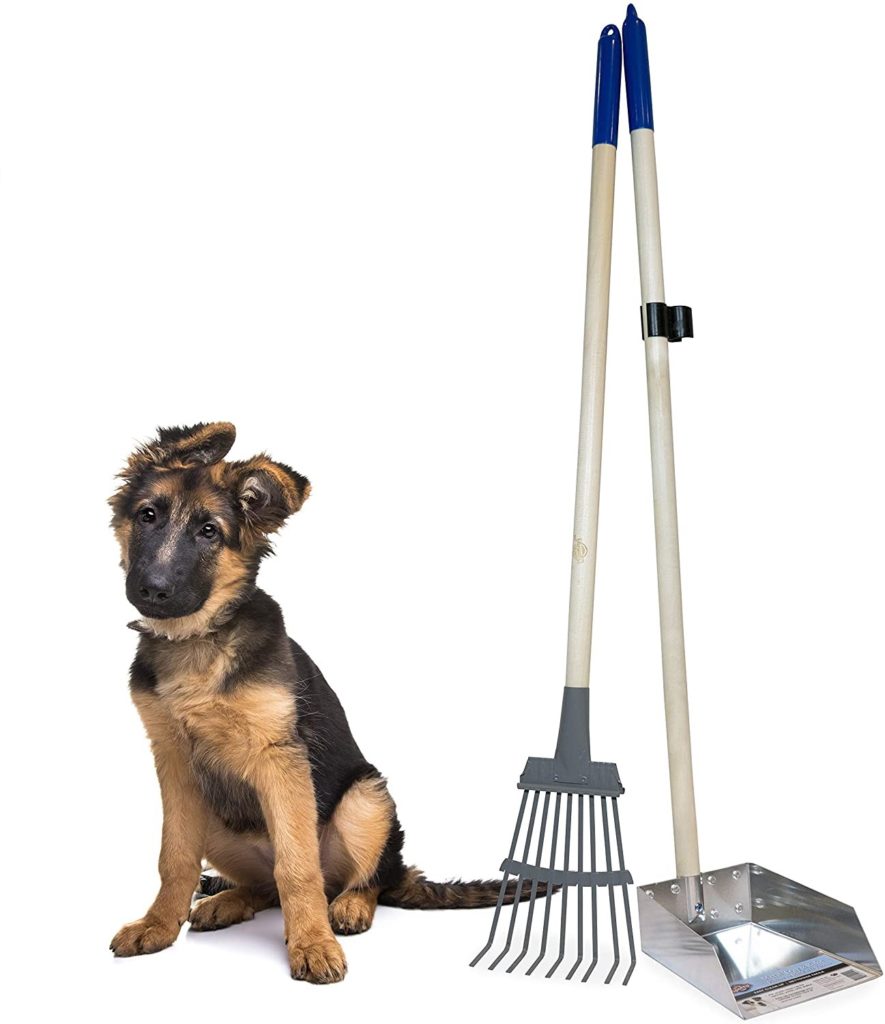
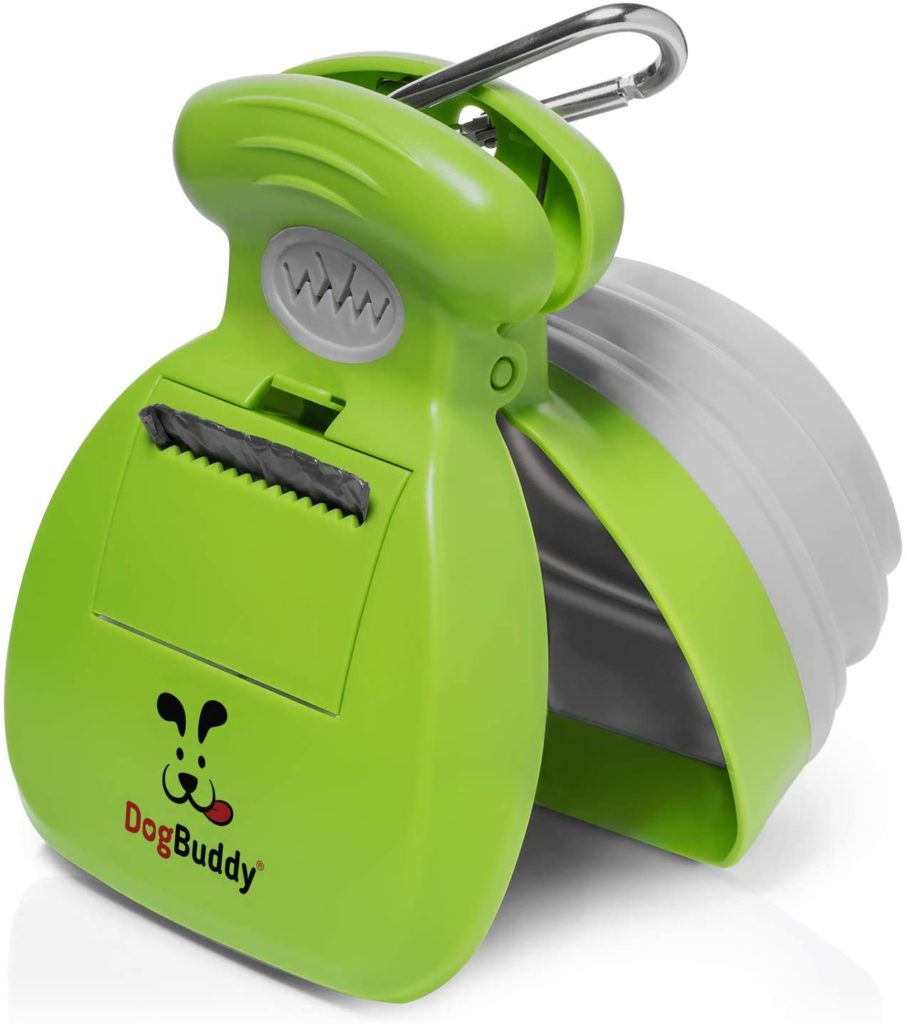
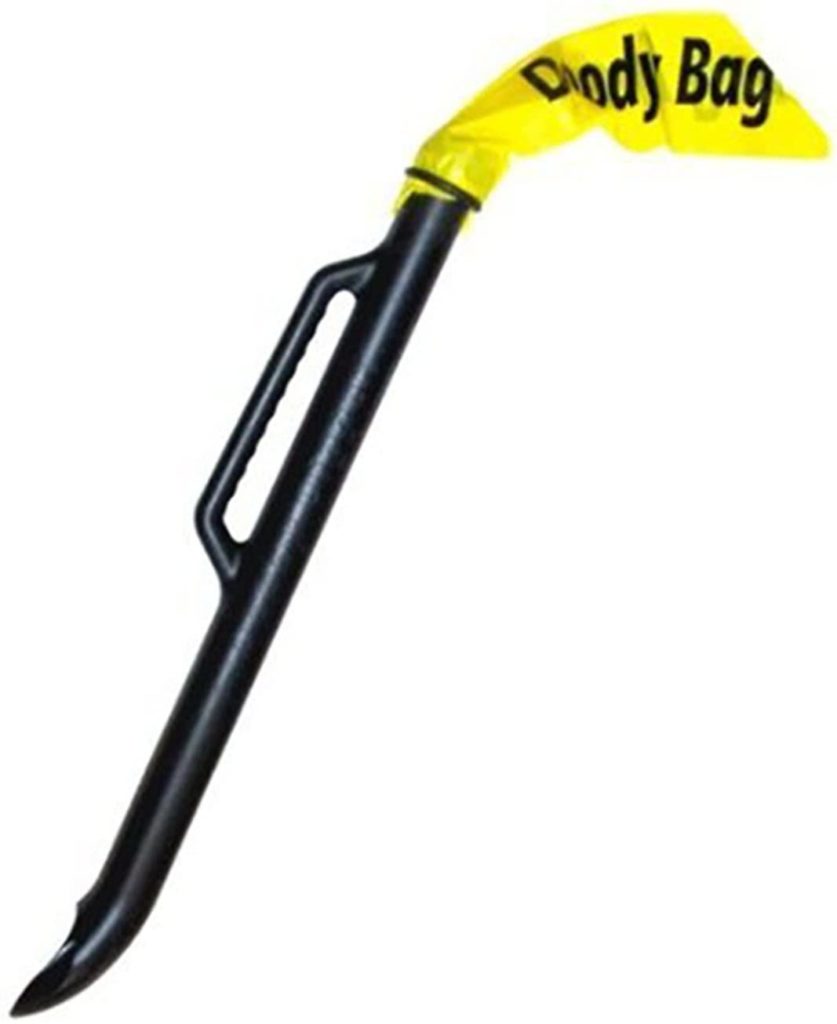
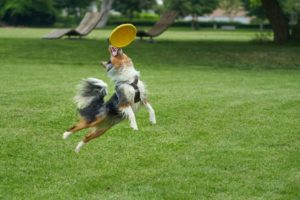



2 Comments
Hi Andria! I like your blog and the things you explained properly. I agree that “as much as we love our dogs, cleaning up after them isn’t our favorite part of their care.” Your blog is helping me to choose the right pooper scooper to clean up my dog poop. Thanks for this amazing post. Keep posting, keep blogging.
Hi Shawn,
Thank you! I’m glad that you’ve enjoyed the blog. Definitely keep reading Bone and Yarn – we appreciate you following us!
~Andria